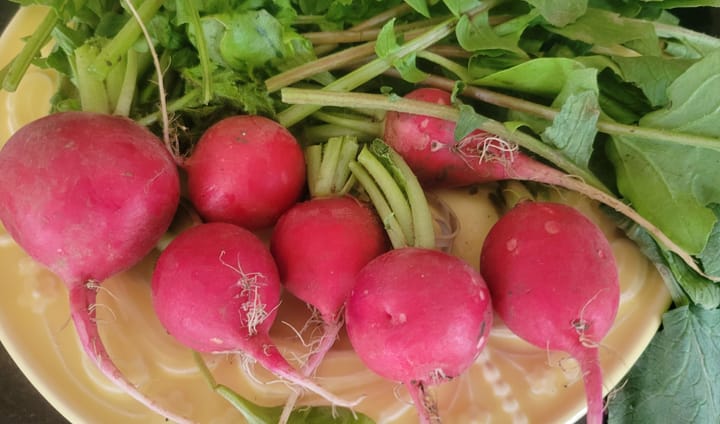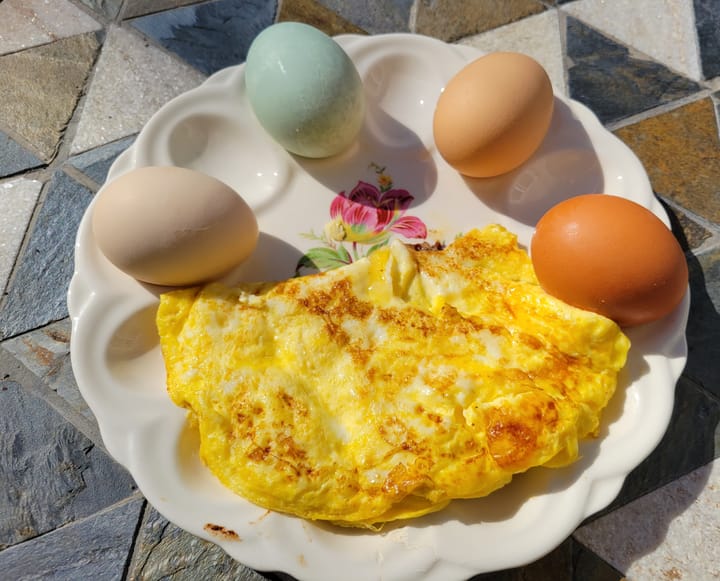Silvoor Stories: Patience and peak bloom
Like many of the best things in life, Silvoor Biological Sanctuary didn't become a reality overnight. As Amanda Bentley Brymer enjoys peak bloom season today, she recalls the decades of effort to turn a once barren plot of land into the wildflower sanctuary it is today.
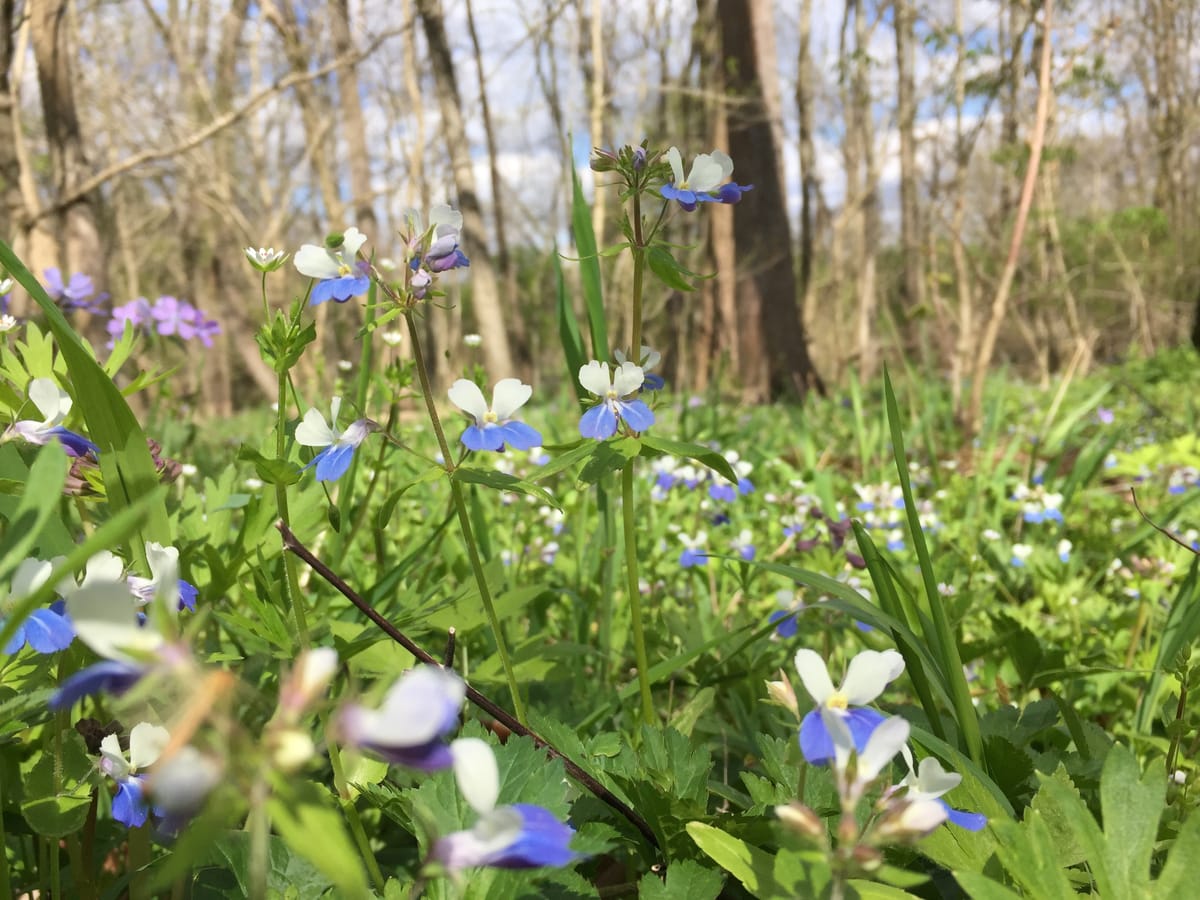
Working with wildflowers — and ecosystem conservation work, in general — can feel a lot like parenting. We do the best we can with the information we have at the time we have it. We create the best conditions possible for wildflowers (or children) to thrive, and yet we might not see results for 30 to 40 years.
After several decades of unsuccessful plantings in Silvoor Biological Sanctuary, Dr. Robert Hefner described in a 1979 column for the Oxford Press that it took more than 40 years of leaf mold accumulation over degraded soil for some wildflowers to become well-established. Four decades. Having just turned 40, I find Hefner’s anecdote relatable and somewhat validating. Like a wildflower planted in leaf mold, it has taken me 40 years to finally take root and feel well-established!
All that leaf mold was necessary for improving the soil and creating conditions in which wildflowers could thrive. Prior to the Hefner family’s purchase of the acreage and establishment of the Silvoor Sanctuary, the area was used for livestock. Cattle and hogs trampled and over-grazed it for years, severely reducing vegetation and rendering the hillsides barren. On restoring this area into a wildflower sanctuary at the start of the Great Depression, Hefner noted in a 1978 column that “it took reckless vision rather than common sense to begin the development of such an area.”
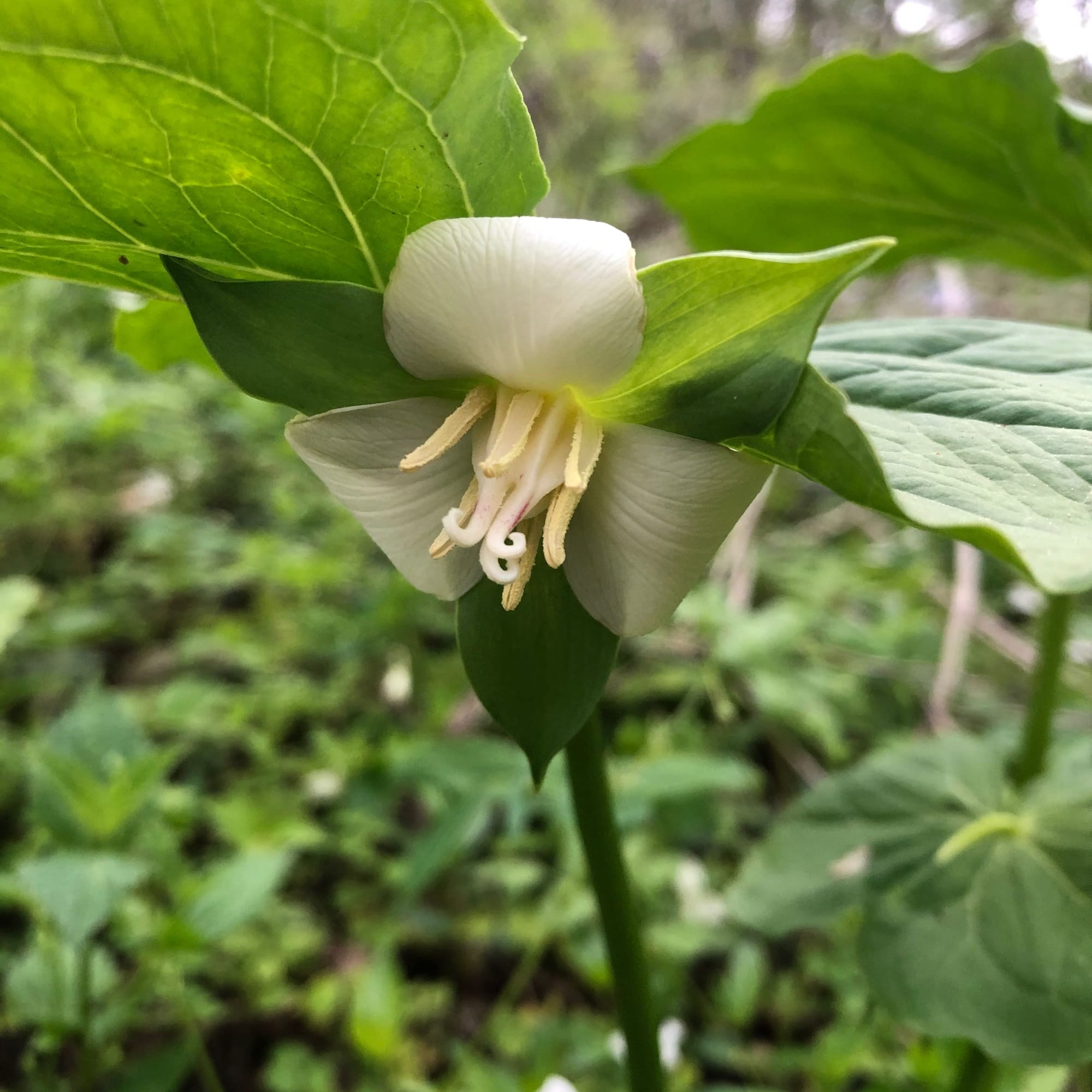
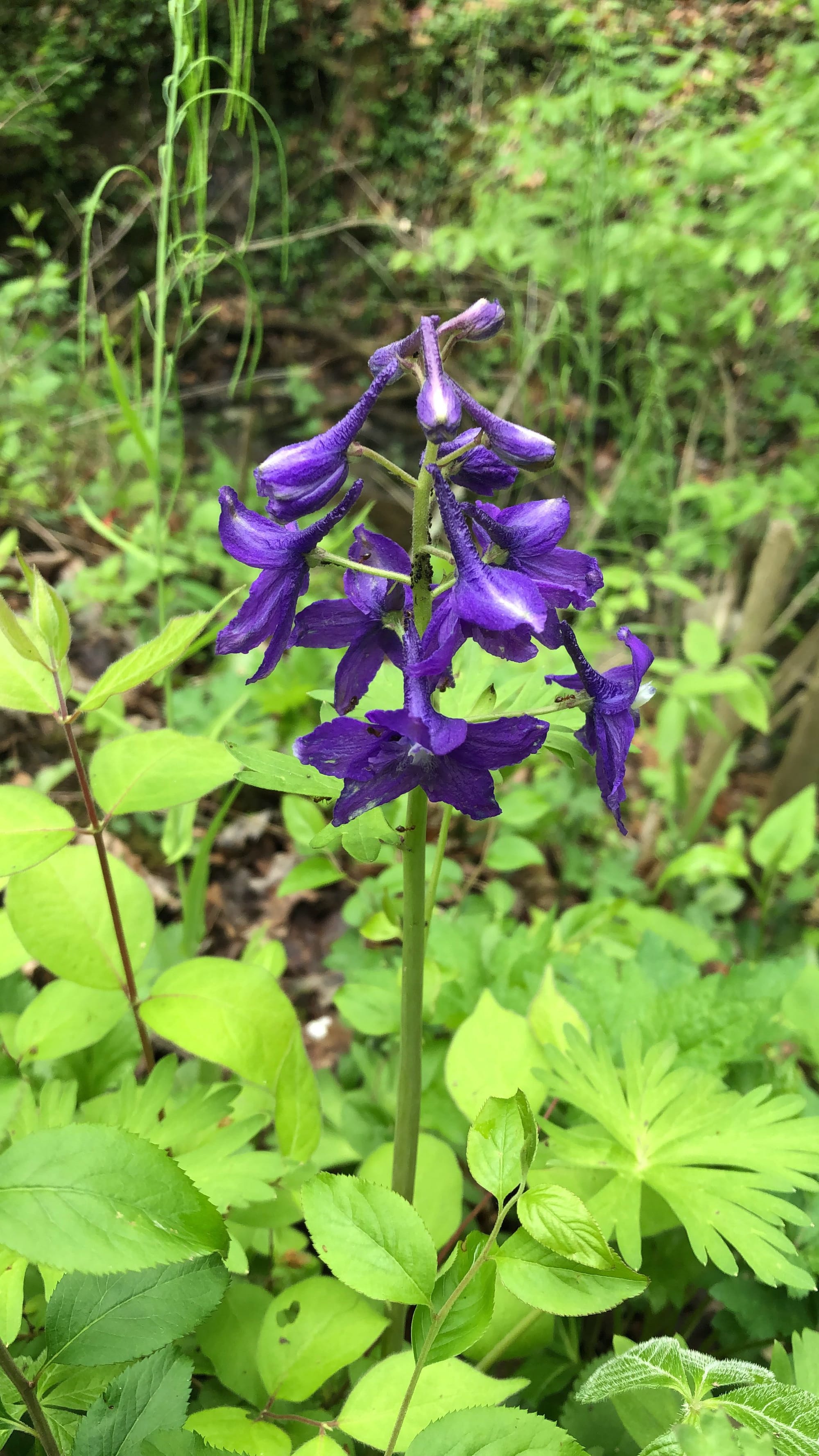
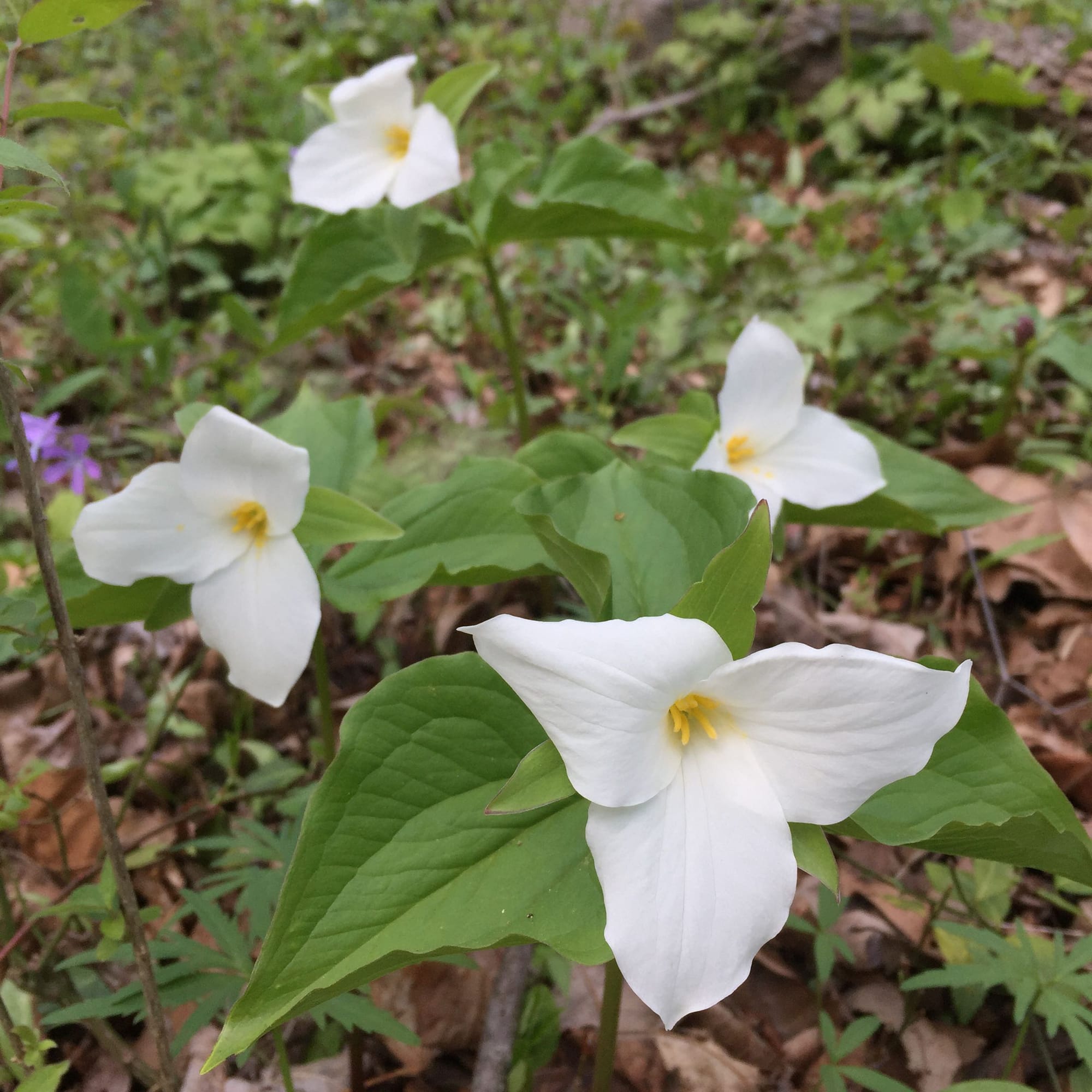
(Left to right) Drooping Trillium, Dwarf Larkspur and Great White Trillium flowers all find homes in Silvoor Biological Sanctuary today. photos by Amanda Bentley Brymer
Today, we reap what Hefner and others sowed through their “reckless vision” for conservation nearly 100 years ago. Light sky blue and rich violet hues dapple the lush woodland floor of Silvoor as we quickly approach peak bloom. The brief spring ephemeral season that began in late March is peaking and will soon taper and end by mid-May. Now is the perfect time to hike through and view Blue-eyed Mary (Collinsia verna), Dwarf Larkspur (Delphinium tricorne) and at least five species of trillium, to name a few.
Blue-eyed Mary is a treasured addition to the Silvoor Sanctuary. Hefner and his companions searched for the delicate white and blue bloom for years until they learned of a woodlot near the Miami River and Ross Township where Blue-eyed Mary were thriving. Upon receiving the woodlot owner’s permission, Blue-eyed Mary seeds were collected, transported to Silvoor, and raked into the leaf mold on several slopes. These initial seedings were a success, and over the last decade, Blue-eyed Mary has established nicely on the lower, flatter sections of the sanctuary.
As Blue-eyed Mary goes to seed this year, Silvoor’s stewards will legally and ethically gather seeds from within the sanctuary to plant in new areas within the sanctuary. We may have to wait 30 to 40 years for success, or we could see germination as early as this coming fall. Either way, we know it will take parent-like patience — and perhaps some “reckless vision” — to maintain ideal conditions so these flowers can take root on their own and thrive.
Amanda Bentley Brymer is Assistant Director of the Institute for the Environment & Sustainability at Miami University, where she also serves as Curator for Silvoor Biological Sanctuary, part of Miami University’s Natural Areas.


